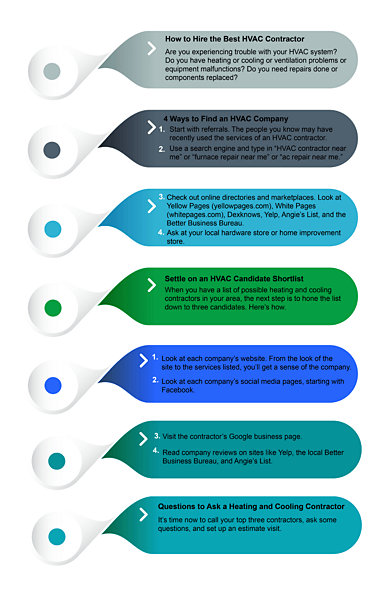Little Known Facts About 1 Source Portable Air.
Little Known Facts About 1 Source Portable Air.
Blog Article
See This Report on 1 Source Portable Air
Table of Contents1 Source Portable Air Can Be Fun For AnyoneThe Facts About 1 Source Portable Air UncoveredThe Basic Principles Of 1 Source Portable Air 1 Source Portable Air Fundamentals Explained
, repair or maintenance task. Considering that various other individuals can make comments, the process of identifying whether or not a firm is worth seeking is never a trouble.

A service that has built a solid online reputation commonly has extremely experienced service technicians that fully recognize just how to deal with a/c jobs that include modern and classic equipment. Experienced specialists should always be thought about throughout innovative upkeep and repair work work because the procedures that trained specialists implement are cost-efficient. An additional benefit is that experienced a/c business professionals never utilize improper substitute supplies in order to simplify repair work tasks.
Yeah, at NEXGEN Air, we're professional Cooling and heating specialists, but we understand that not everyone is. This is for real who have actually never ever had to deal with a HVAC issue.
The Facts About 1 Source Portable Air Uncovered
HVAC means home heating, ventilation, and a/c. 9 standard parts compose a total central air conditioning and warm system. These elements are the heating system, the warmth exchanger, the evaporator coil, the condensing device, cooling agent tubes, the thermostat, the ductwork, the vents, and the warm pump. (Don't fret! We'll describe these components carefully further down the checklist.) The heating system is your home heating device.
There are pros and cons to both, however we'll cover that in one more area. You can locate your furnace hiding in your basement, garage, or energy storage room. Your heater's major feature is to warmth air and relocate into your air ducts to warm your house. (Enjoyable truth: Furnaces are typically mistaken for boilers, but they're separate appliances). Here's a great example of a new Lennox furnace in an energy storage room.

While the heating system presses warm air into your air ducts, the warmth exchanger is the one transforming cool air into warm air. One more resident inside the furnace, the evaporator coil absorbs any type of warmth from air passing away over it to blow trendy air via your vents and right into your home. Your condensing unit offers a similar function as your evaporator coil but you can find the condensing unit outside, generally on the side of your home.
Refrigerant tubes link your evaporator coil to your condensing coil. Refrigerant tubes are commonly constructed from steel and are created to hold cooling agent and to connect the indoor and outside units. Your thermostat is that little device installed on the wall someplace inside your residence that allows you to regulate your home's temperature level (don't ask us where to discover your thermostat, there's no policy as to where they're positioned - they could be anywhere!).
Getting My 1 Source Portable Air To Work
Your home heating, ventilation and cooling (HVAC) system is just one of the most important systems in your home, running silently in the history to take care of indoor temperature levels. Without a/c, you 'd be dealing with cold temperature levels in the winter season and uncontrollable warmth in the summertime. Cooling and heating systems also ventilate your home, keeping the air high quality healthy for your family to breathe.
(https://soundcloud.com/1sourceidaho)

Maintain reviewing to find out even more regarding selecting the appropriate heating and cooling system. There are several effective and economical options readily available for upgrading your a/c. Choosing the best Heating and cooling system for your home depends on many personal aspects and preferences. A couple of things to think about consist of the type of system, energy performance and your spending plan.
Replacing your system with a comparable setup is most likely the most cost-effective alternative. Other considerations include the climate and climate where you live and what fuel resources are available.
The smart Trick of 1 Source Portable Air That Nobody is Discussing
The right kind of Heating and cooling system depends on your requirements. Some A/c systems integrate home heating and cooling in one package, others run with separate kinds of devices.
HVAC systems are managed by a thermostat, where you can establish and check temperatures. If you spend in a smart thermostat, you can adjust your Heating and cooling system over a phone application and incorporate it with other smart technology around your home.
You don't need an enormous AC system to cool a little home. To discover the most effective option for you, figure out the square footage of your home and afterwards compare that with dimension graphes for the HVAC tools. As an example, if you get an air conditioner for a 900-square-foot home, basic standards suggest a device with around 18,000 British thermal devices (BTUs).
While setting up HVAC equipment yourself may appear like a means to conserve prices, any type of problems could produce substantial costs in the future. Paying a professional for their time is well worth getting the work done right. Another price to take into consideration is maintenance. Think of for how long your brand-new equipment will last and what you can do to extend its long life.
Report this page